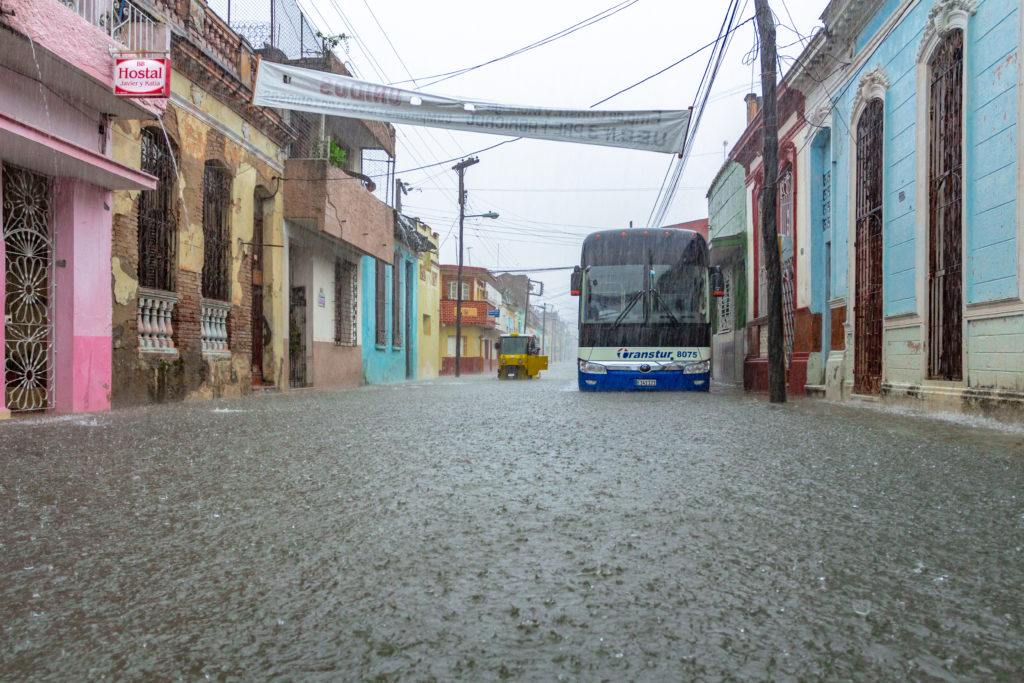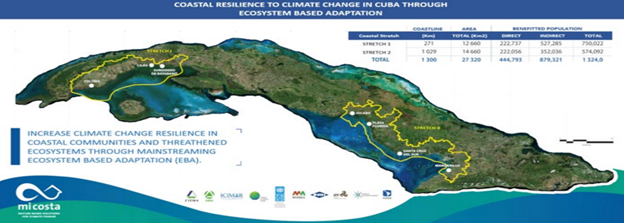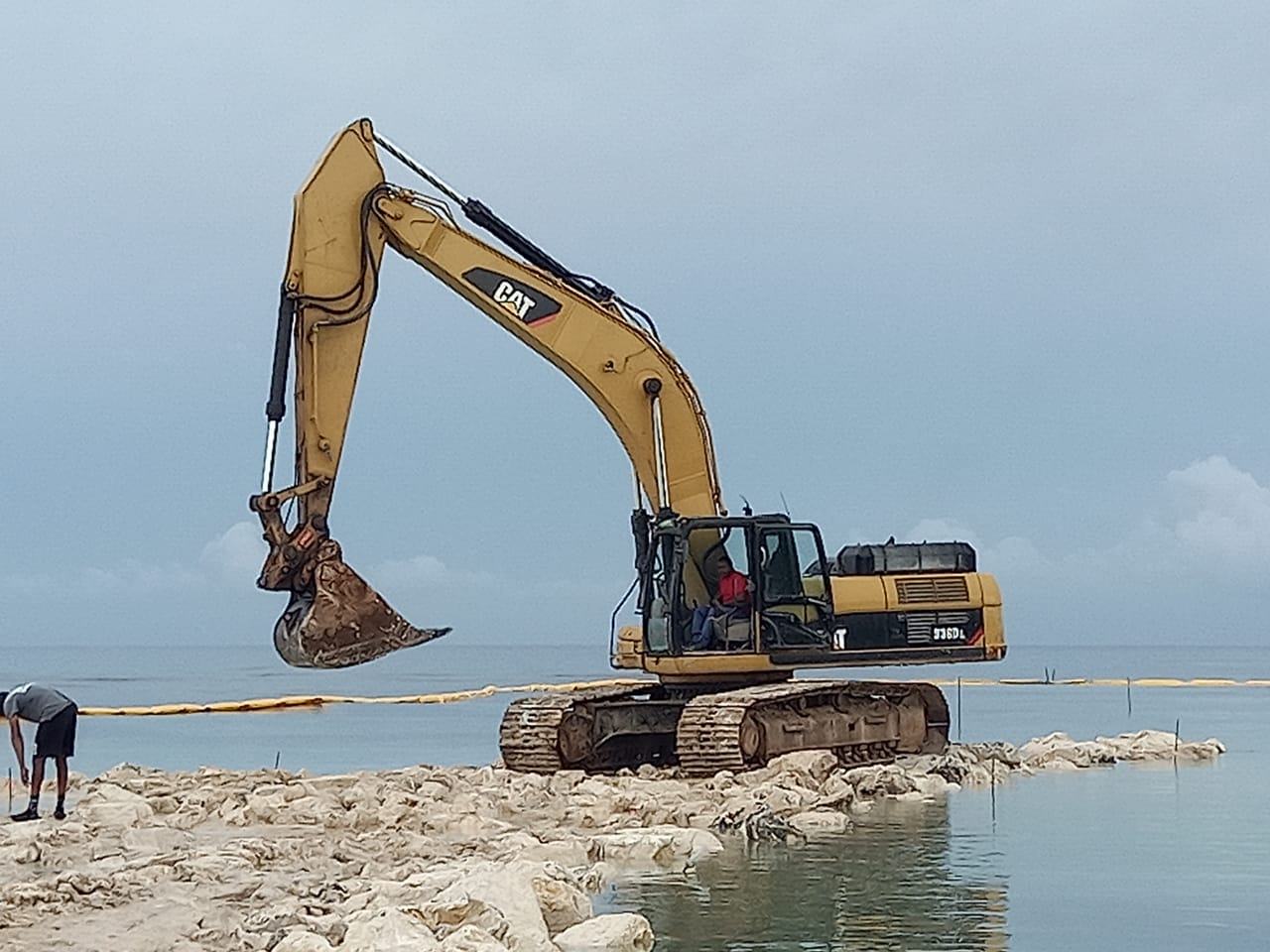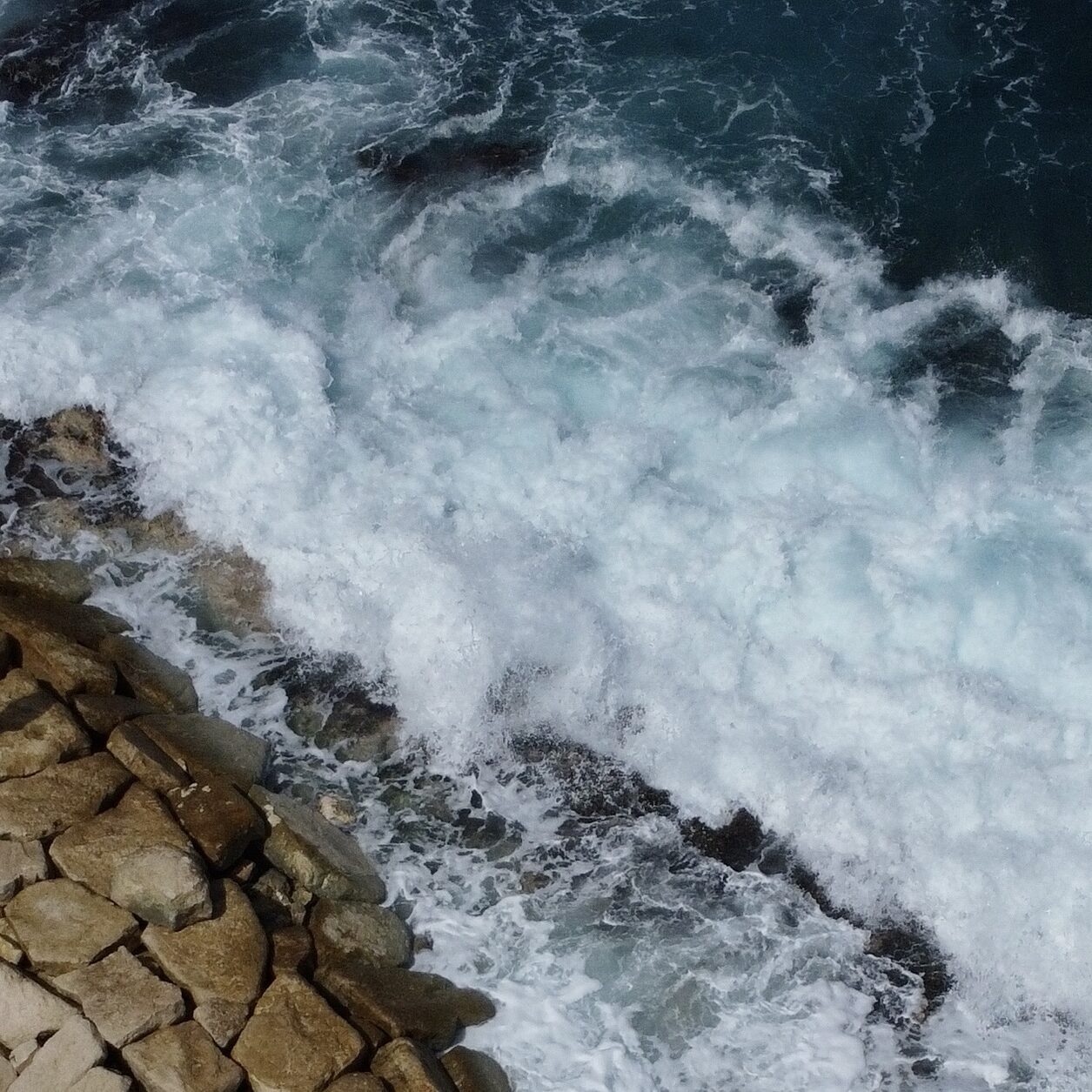“What’s in a name?” asks Juliet in Shakespeare’s masterpiece, Romeo and Juliet. Her point being that a name does not matter. But in the case of Cuba’s mega-adaptation project, “Mi Costa”, the name is a key part of the plan, expressing the ownership and pride that Cuban communities feel about their coasts.
 Mi Costa is designed to build coastal resilience over an eight-year period through ecosystem-based, locally-led adaptation. The project spans a large expanse of Cuba’s southern coast, with seven target communities in six provinces, totaling approximately 1.3 million coastal residents. The communities, monitoring and collecting their own climate data, are expected to become more connected to the environment, which in turn is likely to spawn new respect for wetlands and marine ecosystems. Part of the plan involves job creation and training for climate monitoring. The Green Climate Fund, which is providing just over half of the funding, explains, “The project will also include training 60% of the population within the targeted municipalities on how to protect ecosystems to enhance climate adaptation.” The work will provide important information that can be used more broadly both in Cuba and in other Small Island Developing States.
Mi Costa is designed to build coastal resilience over an eight-year period through ecosystem-based, locally-led adaptation. The project spans a large expanse of Cuba’s southern coast, with seven target communities in six provinces, totaling approximately 1.3 million coastal residents. The communities, monitoring and collecting their own climate data, are expected to become more connected to the environment, which in turn is likely to spawn new respect for wetlands and marine ecosystems. Part of the plan involves job creation and training for climate monitoring. The Green Climate Fund, which is providing just over half of the funding, explains, “The project will also include training 60% of the population within the targeted municipalities on how to protect ecosystems to enhance climate adaptation.” The work will provide important information that can be used more broadly both in Cuba and in other Small Island Developing States.
In a report for the United Nations Development Programme, analyst Gricel Acosta writes, “ We learned that the best solution is the one that is socialized, analyzed and accepted by the communities considering their historical memory in managing climate extremes that have become part of their local culture.”
While “local” may sound small, Mi Costa’s plans are quite large: restoring 11,427 hectares (28,225 acres) of mangroves, 3,088 hectares (7,627 acres) of swamp forests, and 928 hectares (2,292 acres) of swamp grasslands. The hydrological connections from these wetlands to 9,287 hectares (22,939 acres) of seagrasses and 134 km of coral reefs are an important part of the coastal resilience plan. Besides fortifying the shoreline, the restoration and rehabilitation should also rejuvenate the aquifer and help reduce saltwater intrusion.

With 57% of its population living near the coast and a long history of major hurricanes (12 hurricane strikes, 10 of which were severe, between 2001 and 2017) plus sea level rise, Cubans know they need to adapt to a rapidly changing climate. The nation already boasts one of the strongest disaster prevention systems in the Caribbean, through government investment in early warning mechanisms and emergency protocols. “Mi Costa” seeks to change the paradigm, trying to mainstream ecosystem-based adaptation measures in the coastal management plan. The project is funded with US$ 23.9 million from the Green Climate Fund and an additional US$ 20.3 million from three other grants.


